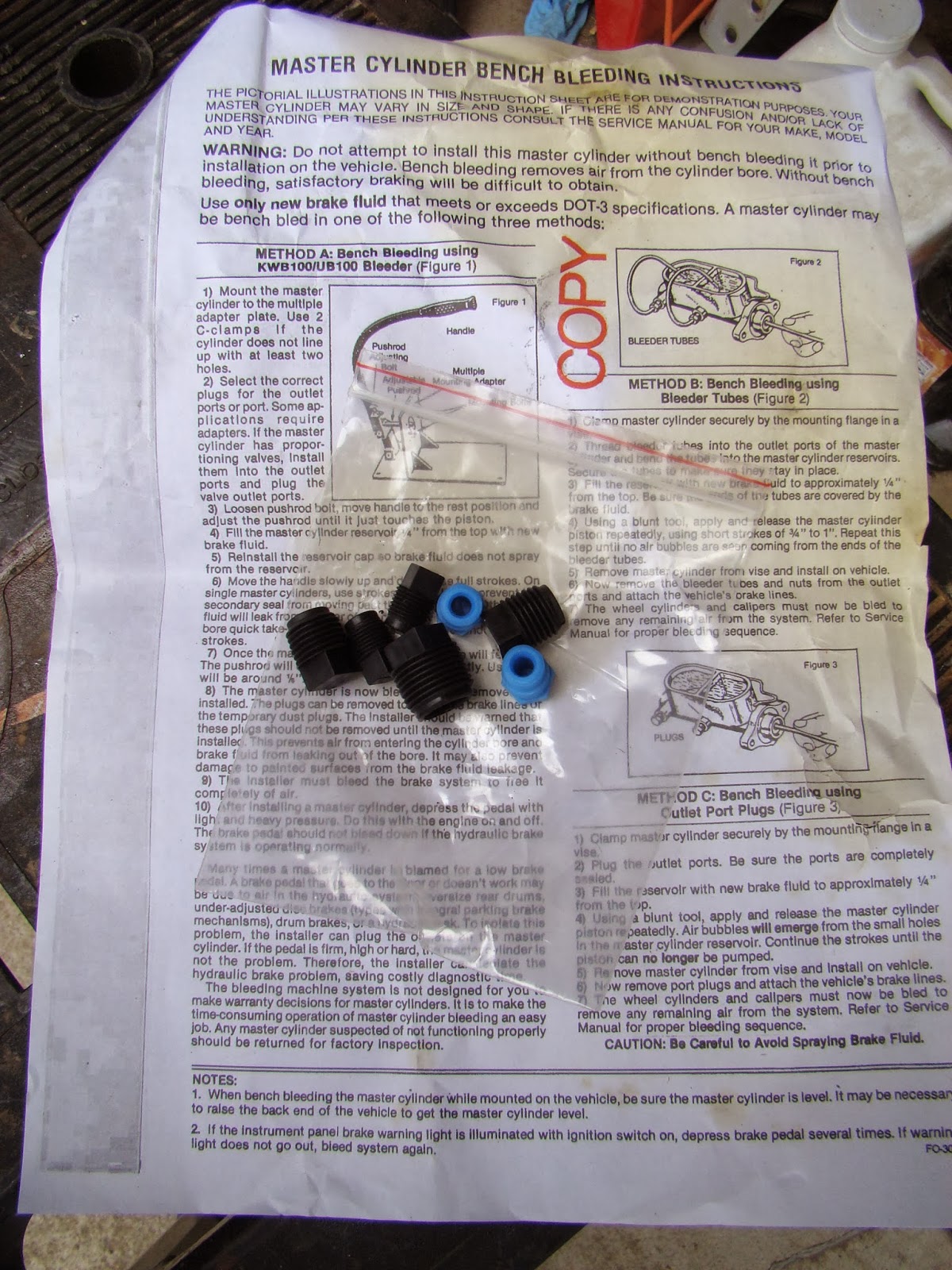Here's the grease ball from a while back, before the leak got even worse. Note the plug weld holes on either side of the pumpkin that hold the axle tubes in place. Also, you can see the slight bend in it as the tubes at the wheel hubs are higher than they are at the differential housing (and this pic is from five years ago). Yikes. Never noticed it, but at least in my defense I can make a point of saying that I haven't driven it more than a few thousand miles between this pics and the "after" shot below.
After shopping around online, I discovered the bad news that FSJ Dana 44s are in demand as a swap-in axle for smaller Jeeps and this are not cheap and often not local. Paying $750 for a used axle with 100K miles, give or take, is a waste of money, especially when I'd had to drive to Lancaster to get it, hoping that it'd be better than what I have. I also toyed with the idea of buying a Dana 44 with disc brakes from an Isuzu Rodeo (or Honda Passport) for $150, but I would have to transport it back here from NorCal, re-gear both axles to match, and convert from SAE to metric brake lines. And there's a chance the calipers wouldn't fit around the leaf springs without the lift blocks, which i have but don't want to be married to. So that would still run me in the high hundreds, cost-wise.
For about that same price as either of those two,options, J&S stripped mine down, replaced all the bearings, ground out the old plug welds, straightened the housing, put it in a jig to assure alignment, welded it up, sealed it tight, and re-installed it. This might as well be a new axle. I'm pleased, if poorer, with the axle, and I have faith it will hold up to the moderate wheeling I will put the rig through. This was a classic example of how money spent on experienced labor rather than new-to-me parts can often be the best way to go.
And now the finished product. Note the lack of gapping plug weld holes and the dead-straightness of the tubes. This will last me quite some time unless I abuse it like the DSPO clearly did.
And now the finished product. Note the lack of gapping plug weld holes and the dead-straightness of the tubes. This will last me quite some time unless I abuse it like the DSPO clearly did.
























